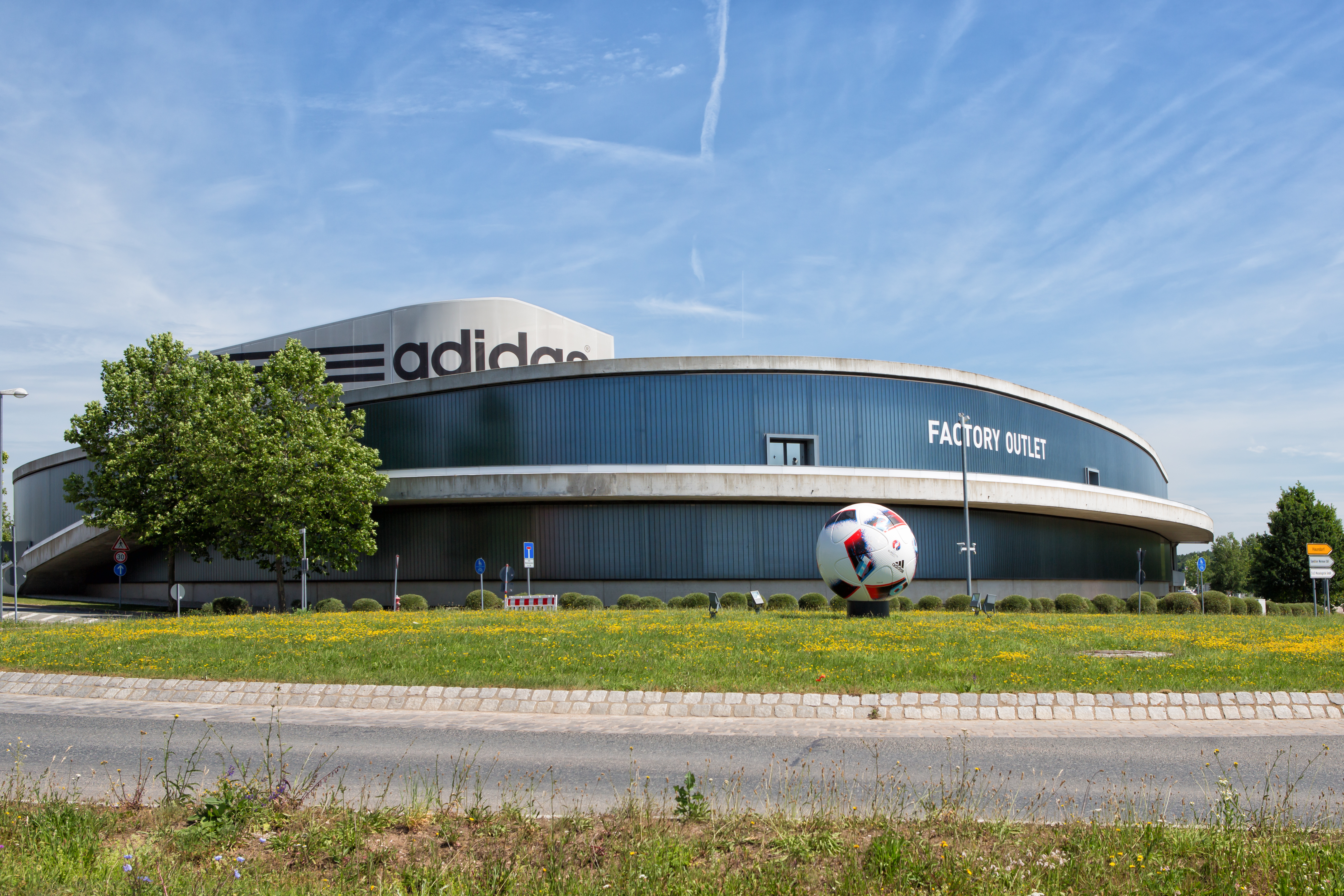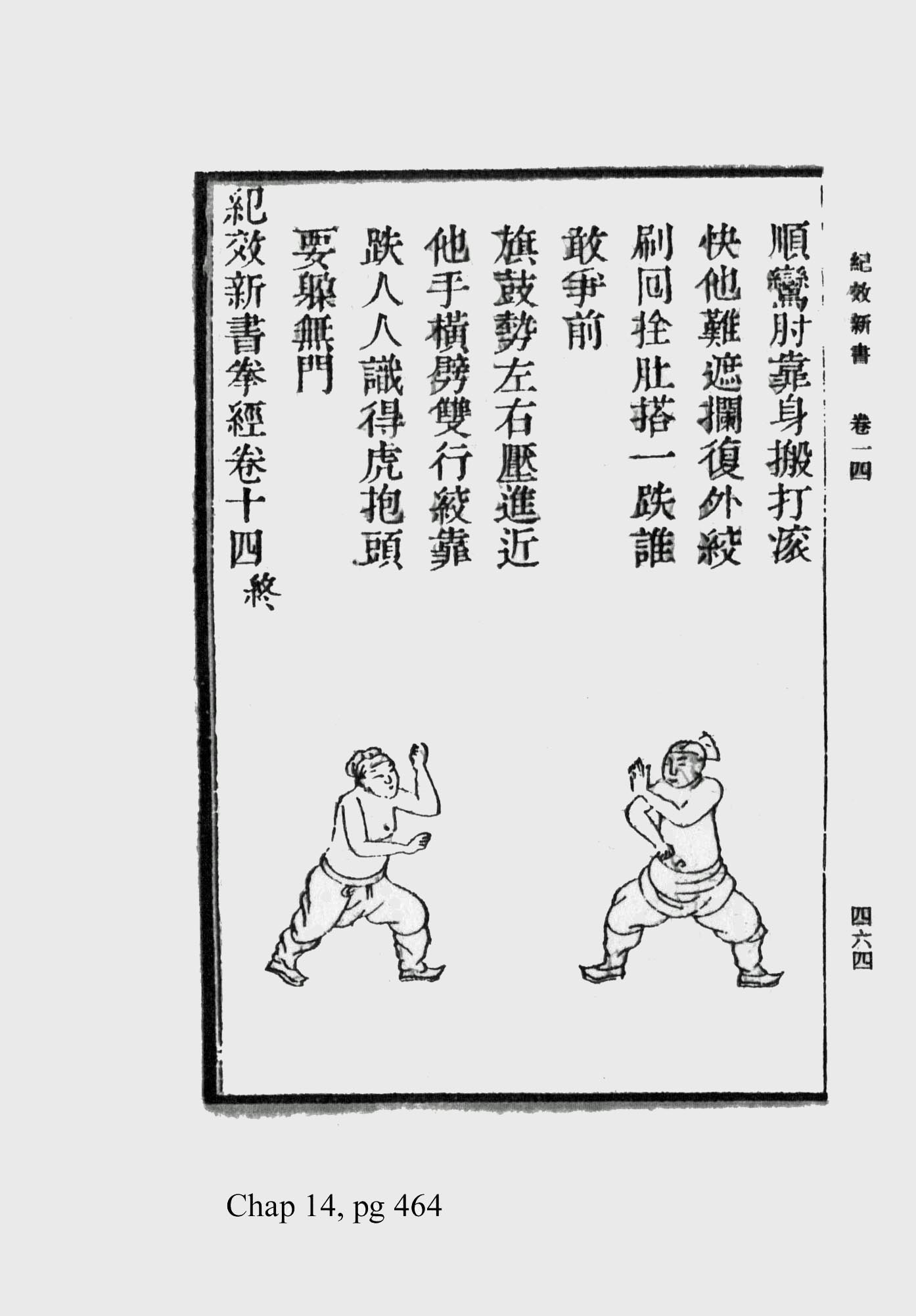|
Johannes Lecküchner
Johannes Lecküchner (c. 1430s – 1482) was a 15th-century priest and fencer of the area of Nuremberg. He was inscribed at the University of Leipzig in 1455 and receives the title of '' bacalaureus'' in 1457. He was ordained acolyte in 1459, and as priest at some point before 1478. He was employed as communal priest in Herzogenaurach from 1480 until his death on 31 December 1482.according to the transcription at www.pragmatische-schriftlichkeit.de Two Fechtbücher for the großes Messer by the hand of Lecküchner are preserved, Cod. Pal. Germ. 430 (Heidelberg, 1478), and Cgm. 582, Munich, 1482. The latter he completed on 19 January 1482. The earlier manuscript is considered a draft for the later, and only Cgm 582 contains illustrations.1 The Cgm 582 manuscript on 216 folia (432 pages) gives instructions for the fencing with the großes Messer, illustrated by 415 drawings of fencers. Some 19th-century scholars have assumed that the name Lecküchner is in fact a corrupted versi ... [...More Info...] [...Related Items...] OR: [Wikipedia] [Google] [Baidu] |
Priest
A priest is a religious leader authorized to perform the sacred rituals of a religion, especially as a mediatory agent between humans and one or more deities. They also have the authority or power to administer religious rites; in particular, rites of sacrifice to, and propitiation of, a deity or deities. Their office or position is the 'priesthood', a term which also may apply to such persons collectively. A priest may have the duty to hear confessions periodically, give marriage counseling, provide prenuptial counseling, give spiritual direction, teach catechism, or visit those confined indoors, such as the sick in hospitals and nursing homes. Description According to the trifunctional hypothesis of prehistoric Proto-Indo-European society, priests have existed since the earliest of times and in the simplest societies, most likely as a result of agricultural surplus and consequent social stratification. The necessity to read sacred texts and keep temple or church rec ... [...More Info...] [...Related Items...] OR: [Wikipedia] [Google] [Baidu] |
Fencing
Fencing is a group of three related combat sports. The three disciplines in modern fencing are the foil, the épée, and the sabre (also ''saber''); winning points are made through the weapon's contact with an opponent. A fourth discipline, singlestick, appeared in the 1904 Olympics but was dropped after that and is not a part of modern fencing. Fencing was one of the first sports to be played in the Olympics. Based on the traditional skills of swordsmanship, the modern sport arose at the end of the 19th century, with the Italian school having modified the historical European martial art of classical fencing, and the French school later refining the Italian system. There are three forms of modern fencing, each of which uses a different kind of weapon and has different rules; thus the sport itself is divided into three competitive scenes: foil, épée, and sabre. Most competitive fencers choose to specialize in one weapon only. Competitive fencing is one of the five activitie ... [...More Info...] [...Related Items...] OR: [Wikipedia] [Google] [Baidu] |
Nuremberg
Nuremberg ( ; german: link=no, Nürnberg ; in the local East Franconian dialect: ''Nämberch'' ) is the second-largest city of the German state of Bavaria after its capital Munich, and its 518,370 (2019) inhabitants make it the 14th-largest city in Germany. On the Pegnitz River (from its confluence with the Rednitz in Fürth onwards: Regnitz, a tributary of the River Main) and the Rhine–Main–Danube Canal, it lies in the Bavarian administrative region of Middle Franconia, and is the largest city and the unofficial capital of Franconia. Nuremberg forms with the neighbouring cities of Fürth, Erlangen and Schwabach a continuous conurbation with a total population of 800,376 (2019), which is the heart of the urban area region with around 1.4 million inhabitants, while the larger Nuremberg Metropolitan Region has approximately 3.6 million inhabitants. The city lies about north of Munich. It is the largest city in the East Franconian dialect area (colloquially: "F ... [...More Info...] [...Related Items...] OR: [Wikipedia] [Google] [Baidu] |
University Of Leipzig
Leipzig University (german: Universität Leipzig), in Leipzig in Saxony, Germany, is one of the world's oldest universities and the second-oldest university (by consecutive years of existence) in Germany. The university was founded on 2 December 1409 by Frederick I, Elector of Saxony and his brother William II, Margrave of Meissen, and originally comprised the four scholastic faculties. Since its inception, the university has engaged in teaching and research for over 600 years without interruption. Famous alumni include Gottfried Wilhelm von Leibniz, Johann Wolfgang von Goethe, Leopold von Ranke, Friedrich Nietzsche, Robert Schumann, Richard Wagner, Tycho Brahe, Georgius Agricola, Angela Merkel and ten Nobel laureates associated with the university. History Founding and development until 1900 The university was modelled on the University of Prague, from which the German-speaking faculty members withdrew to Leipzig after the Jan Hus crisis and the Decree of Kutná H ... [...More Info...] [...Related Items...] OR: [Wikipedia] [Google] [Baidu] |
Bacalaureus
A bachelor is a man who is not and has never been married.Bachelors are, in Pitt & al.'s phrasing, "men who live independently, outside of their parents' home and other institutional settings, who are neither married nor cohabitating". (). Etymology A bachelor is first attested as the 12th-century ''bacheler'': a knight bachelor, a knight too young or poor to gather vassals under his own banner. The Old French ' presumably derives from Provençal ' and Italian ', but the ultimate source of the word is uncertain.''Oxford English Dictionary'', 1st ed.bachelor, ''n.'' Oxford University Press (Oxford), 1885. The proposed Medieval Latin * ("vassal", "field hand") is only attested late enough that it may have derived from the vernacular languages, rather than from the southern French and northern Spanish Latin . Alternatively, it has been derived from Latin ' ("a stick"), in reference to the wooden sticks used by knights in training. History From the 14th century, the term "bachelor ... [...More Info...] [...Related Items...] OR: [Wikipedia] [Google] [Baidu] |
Acolyte
An acolyte is an assistant or follower assisting the celebrant in a religious service or procession. In many Christian denominations, an acolyte is anyone performing ceremonial duties such as lighting altar candles. In others, the term is used for one who has been inducted into a particular liturgical ministry, even when not performing those duties. Etymology The word ''acolyte'' is derived from the Greek word ἀκόλουθος (''akolouthos''), meaning an attendant, via Late Latin ''acolythus''. Eastern Christianity In the Eastern Orthodox and Byzantine Catholic churches, the nearest equivalent of acolyte is the altar server. At one time there was a rank of minor clergy called the ''taper-bearer'' (κηροφόρος) responsible for bearing lights during processions and liturgical entrances. However, this rank has long ago been subsumed by that of the reader and the service for the tonsure of a reader begins with the setting-aside of a taper-bearer. The functions of an ... [...More Info...] [...Related Items...] OR: [Wikipedia] [Google] [Baidu] |
Herzogenaurach
Herzogenaurach (; vmf, Herziaura) is a town in the district of Erlangen-Höchstadt, in Bavaria, Germany. It is best known for being the home of the major international sporting goods companies Adidas and Puma, as well as the large car parts manufacturer Schaeffler Group. Geography Herzogenaurach is situated in the Middle Franconia area of Bavaria, northwest of Nuremberg. The town is located on the Aurach river, a tributary of the Regnitz river. History Herzogenaurach was first mentioned in a document from 1002 under the name of ''Uraha'' when Holy Roman Emperor Henry II granted the town to the Prince-Bishopric of Bamberg. Economy Herzogenaurach has gained global fame as the birthplace of two giant sporting goods companies: Adidas and Puma, each founded respectively by brothers Adolf Dassler and Rudolf Dassler, after an acrimonious familial split in 1948. Operating since the 1960s, both companies' headquarters are still located in the town, originally on opposite sides o ... [...More Info...] [...Related Items...] OR: [Wikipedia] [Google] [Baidu] |
Fechtbuch
Martial arts manuals are instructions, with or without illustrations, specifically designed to be learnt from a book. Many books detailing specific techniques of martial arts are often erroneously called manuals but were written as treatises. Prose descriptions of martial arts techniques appear late within the history of literature, due to the inherent difficulties of describing a technique rather than just demonstrating it. The earliest extant manuscript on armed combat (as opposed to unarmed wrestling) is Royal Armouries Ms. I.33 ("I.33"), written in Franconia around 1300. Not within the scope of this article are books on military strategy such as Sun Tzu's ''The Art of War'' (before 100 BC) or Publius Flavius Vegetius Renatus' '' De Re Militari'' (4th century), or military technology, such as ''De rebus bellicis'' (4th to 5th century). Predecessors Some early testimonies of historical martial arts consist of series of images only. The earliest example is a fresco in tomb 1 ... [...More Info...] [...Related Items...] OR: [Wikipedia] [Google] [Baidu] |






